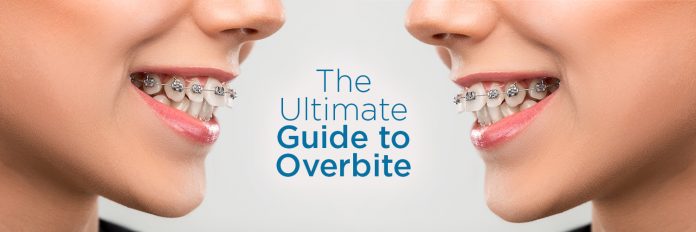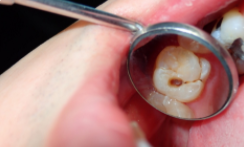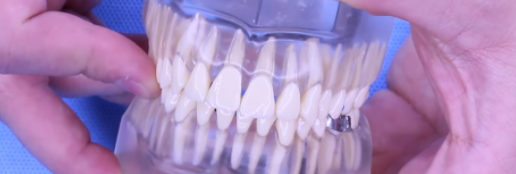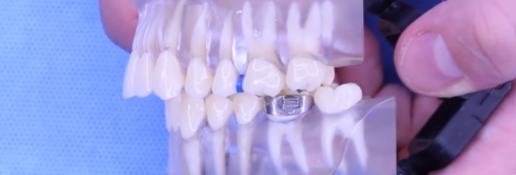If you suffer from misaligned teeth, there’s a high chance that your condition belongs to one of six common types of malocclusions. In this article, we take a closer look at overbite.
- What is an overbite?
- Types of overbites
- Factors that cause an overbite
- Problems created by an overbite
- How to diagnose an overbite
- Differences between an overbite and overjet
- How to fix an overbite
What is An Overbite?
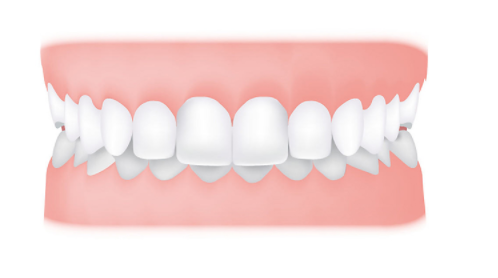
An overbite is a condition where your upper front teeth overlap with and cover your lower front teeth.
In reality, most people have some measure of overbite. It’s generally not cause for concern if the overlap is within the 25-30% range. Beyond that, however, your dentist may recommend corrective treatment as an overbite can lead to a host of complications.
| Extent of overlap | Requires treatment? | |
|---|---|---|
| Normal overbite | 2 – 4mm | Unlikely |
| Deep overbite | 4 – 8mm | Likely |
| Severe overbite | 9mm or more | Very likely |
Types of Overbites
There are two types of overbites:
- Dental overbite
This is created by the misalignment of the teeth and can be corrected with orthodontic treatments.
- Skeletal overbite
This is caused by irregularities in jaw development and may require surgery for a true fix.
Factors that Cause an Overbite
There are numerous factors that can contribute to the development of an overbite, which can present itself in either childhood and adulthood:
- Genetics
This can lead to the underdevelopment of the lower jaw relative to the upper jaw, creating an overbite.
- Missing, extra or impacted teeth
Having missing teeth causes your remaining teeth to shift. This can affect the position of your front teeth, leading to an overbite.
An overbite can also be a result of overcrowded teeth which occurs when you have extra or impacted teeth.
Problems Created by an Overbite
Left untreated, an overbite can potentially affect your health and well-being in a variety of ways.
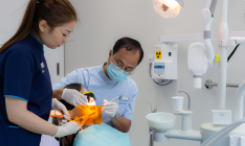
Worn tooth enamel and soft tissue damage
This may arise from the fact that your misaligned teeth are impacting each other unevenly and possibly making contact with your gums too.
Cavities and gum disease
These oral health issues can develop as misaligned teeth create nooks and crannies that are difficult to clean.
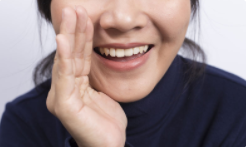
Speech impediments
An overbite tends to force you to speak more with your tongue. This affects speech clarity and, in some cases, can even give you a lisp.
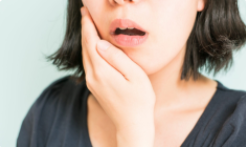
Difficulty, discomfort or pain when chewing
In severe cases, this can lead to jaw pain, ear pain and headaches.
How to Diagnose an Overbite
Getting a professional opinion is the only accurate way to tell if you have an overbite that you should be concerned about. But if you’re curious, try this self-diagnosis method at home.

Step 1: Stand in front of a mirror
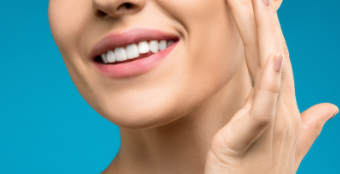
Step 2: Place your teeth together normally while keeping your jaw relaxed.
Avoid biting down hard or using force — you want to check the natural position of your teeth.
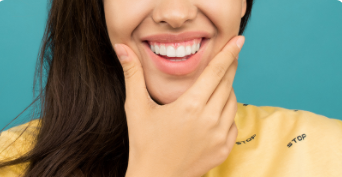
Step 3: Smile to reveal your teeth and check for the following signs:
- Do your upper front teeth cover more than a quarter of your lower front teeth?
- Are your upper front teeth touching your bottom gum?
- Are your lower teeth biting close to or touching the roof of your mouth?
If you answered ‘yes’ to any of the questions above, you may have an overbite that requires attention. It’s best to get your dentist to look at it.
Differences Between an Overbite and Overjet
An overbite is often confused with an overjet, and it’s understandable as they both commonly occur together. However, they have different physical characteristics.
An overbite is created by a vertical overlap where the upper front teeth cover the lower front teeth from top down.
An overjet, however, is created by a horizontal overlap where the upper front teeth protrude out and over the lower front teeth.
Here’s a quick summary:
(Screenshots taken from this video: Overbite vs Overjet)
Overbite
- A vertical overlap of the teeth
- Lower front teeth are significantly covered when biting
- Lower teeth may touch the roof of the mouth
- Upper teeth may touch the lower gum
Overjet
- A horizontal overlap of the teeth
- Upper front teeth stick out and over lower front teeth
- Upper front teeth may extend to or past the lower lip
- Chin is pulled back
How to Fix an Overbite
Overbites can be corrected with a variety of treatments. It’s a good idea to speak to your dentist to learn more about your options before making an informed choice.
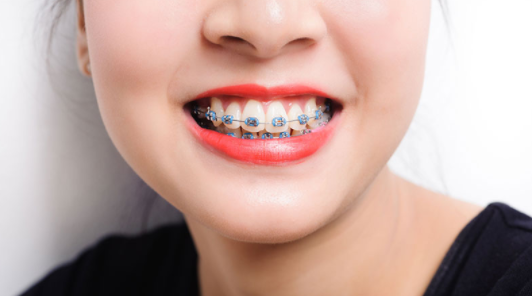
Using Braces to Fix a Dental Overbite
With traditional metal braces, brackets are adhered to your teeth and strung together by a wire. The wires are tightened to create tooth movement and gradually reposition the teeth. Braces usually requires monthly clinic visits for the dentist to check on your progress and tighten the wires accordingly.
Other types of braces include:
- Traditional ceramic braces
- Self-ligating metal braces
- Self-ligating ceramic braces
- Lingual braces
Using Invisalign to Fix a Dental Overbite
Invisalign is a clear aligner system that achieves teeth-straightening results without the need for brackets and wires.
Based on a fully digitised system, it takes a 3D scan of your teeth and simulates the movement needed to achieve your ideal smile. Virtually invisible aligners are then custom made and worn over the teeth to guide them into position.
These are switched out once every two weeks or less until treatment is complete. Dentist visits tend to be more infrequent than braces as the treatment plan and aligners are made in advance.
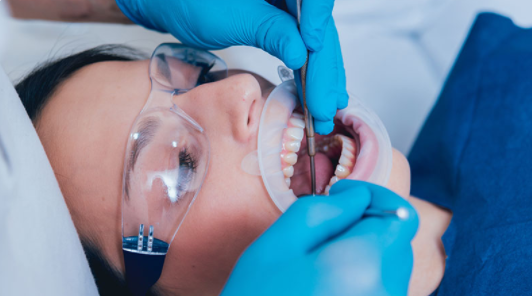
Using Surgery to Fix a Skeletal Overbite
Braces or Invisalign may not be enough for those with a skeletal or more severe overbite. In such situations, jaw surgery – also known as orthognathic surgery, is necessary.
The procedure will involve making cuts into your jawbone to allow your jaw to be repositioned. This also ensures that it’ll be properly aligned. The surgeon will then secure your jaw into its new position using screws and plates.
Fixing Your Overbite
Teeth-straightening is an investment in yourself that can pay off in many ways. Aside from the obvious aesthetic and self-esteem benefits that come with a straighter smile, correcting your overbite can also improve your oral health.
If you are feeling self-conscious about your smile, consult a qualified dentist to understand your condition and treatment options.







